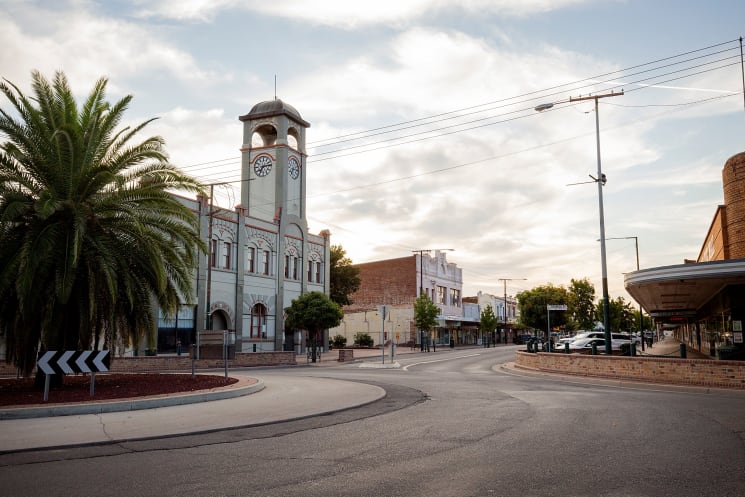The NSW government has pledged more than $700 million in “new funding” to upgrade and maintain regional roads but Gunnedah Shire Council says that amount will barely touch the sides amid a rapidly deteriorating road network.
Last week’s 2023-24 State Budget committed $390 million for a new Regional Emergency Road Repair Fund (RERRF) for 95 eligible councils like Gunnedah to prioritise “pothole repairs”.
Funding allocations will be based on the total kilometres of regional and local roads each council is responsible for managing – a common method for road funding distribution. Eligible work includes heavy road patching, reshaping and smoothing unsealed roads, carrying out work to improve drainage from the road surface, rehabilitating sections of road and resurfacing work.
The government will also establish a new $334 million Regional Roads Fund for councils to build new roads and roundabouts, replace or repair old bridges and improve safety at crash blackspots in rural and regional areas.
Country Mayors Association chair and Gunnedah Shire Council mayor Jamie Chaffey said Sydney will stand to benefit from the budget but the promise of support for regional residents had not been forthcoming.
“The budget does not send a message of support to all the councils and the millions of regional and rural people they represent. There are no surprises, and there is nothing that will help regional councils deal with the escalating costs, the increasing demands, and the massive tasks that they are faced with,” Cr Chaffey
said.
Gunnedah council’s director of infrastructure services, Jeremy Bartlett, said while every additional dollar of the government’s $700 million funding package helped and was appreciated, significantly more investment was needed.
“The Australian Local Government Association estimates the cost of repairing flood damaged roads across Queensland, NSW, Victoria and South Australia to be in the order of $3.8 billion.
This figure reinstates roads to the standard that was there previously,” Mr Bartlett said.
“Significant investment in improving the resilience of this infrastructure to future events is urgently needed to reduce the cost and impact of future natural disasters on regional communities.
“A more sustainable and adequate funding model is required to enable councils to achieve this, and to enable them to keep up with soaring construction and maintenance costs. Councils need untied reliable funding streams for roads that provide ongoing financial certainty to enable better outcomes to be delivered.
“The Grattan Institute is currently undertaking research on road funding. We are looking forward to the release of the final findings later this year, and will continue to advocate for the funding we need to deliver and maintain safer, more resilient local roads for our community.”
Cr Chaffey said providing the regions with a great share of the roads funding pie was not only about equity for its residents, it also made economic sense too – as metropolitan areas and the broader export market, depended on a safe, efficient country road network.
“The city and regions are reliant on each other. The food and fibre, along with the minerals and energy produced in regional NSW, is critical to the prosperity of the state, and without safe and productive highway networks that connect city to the regions, we fail,” he said.
To order photos from this page click here



